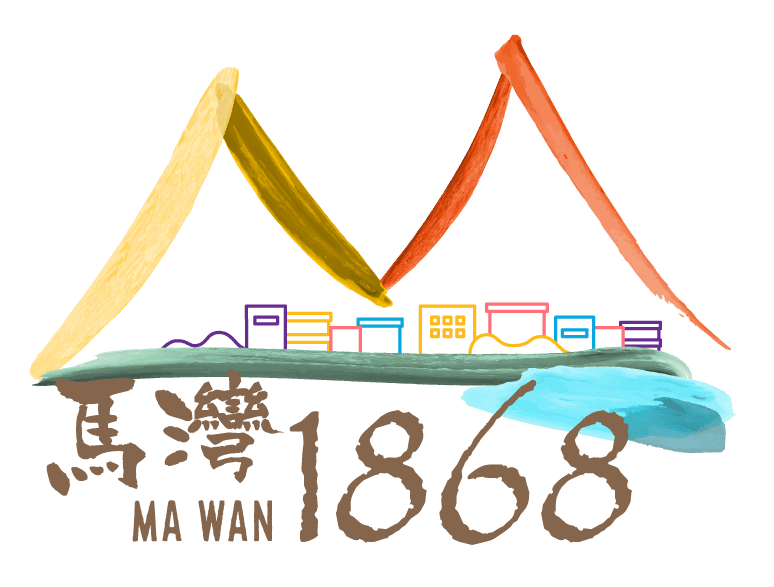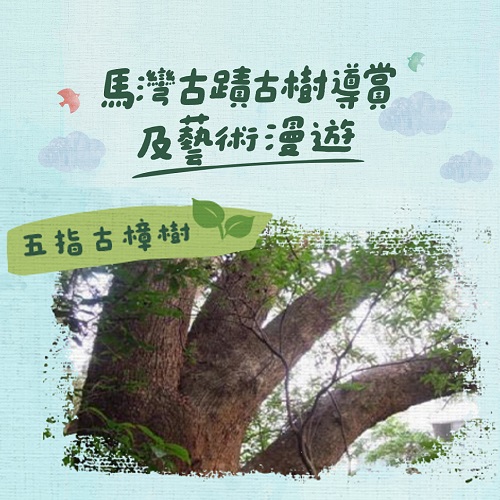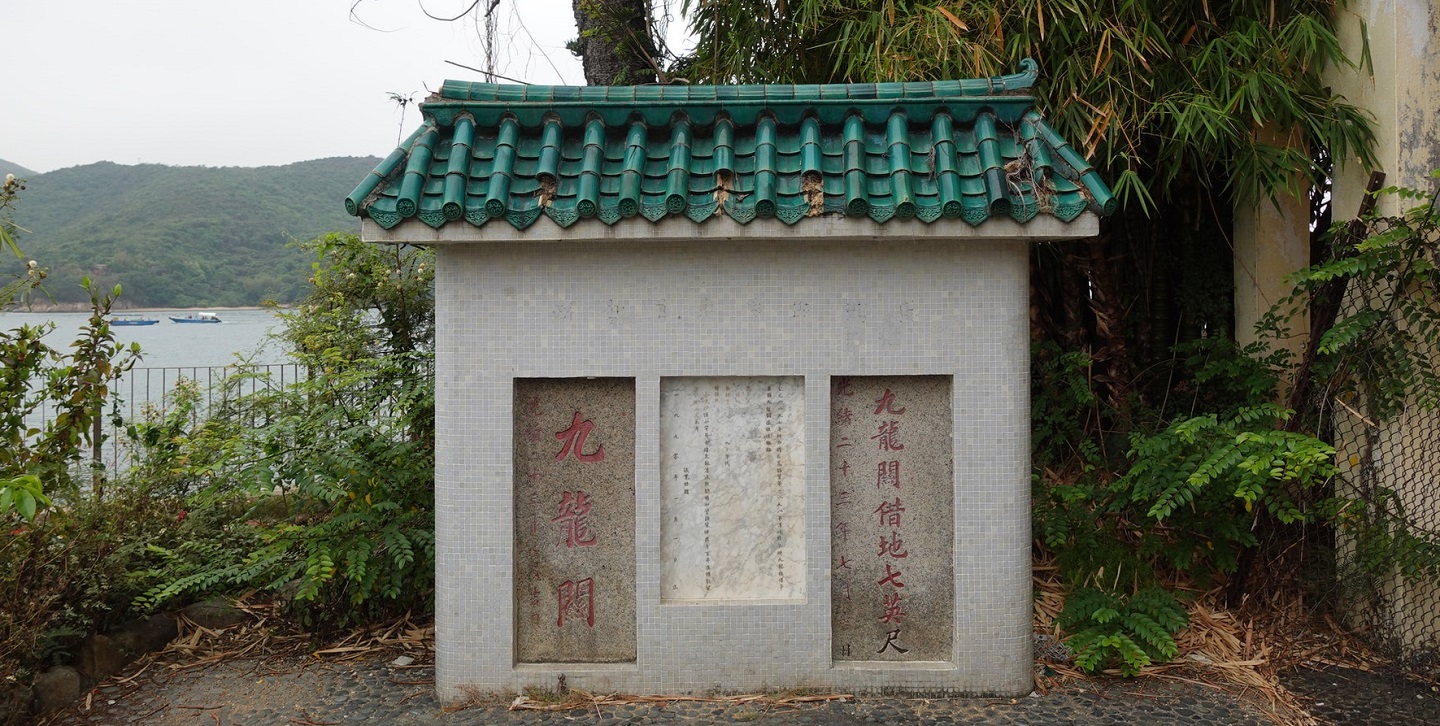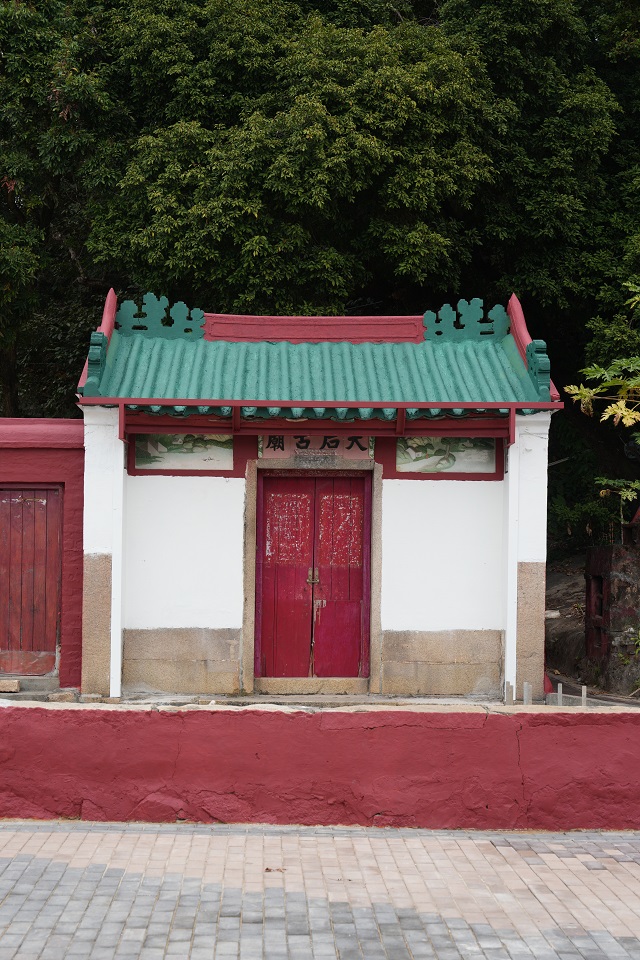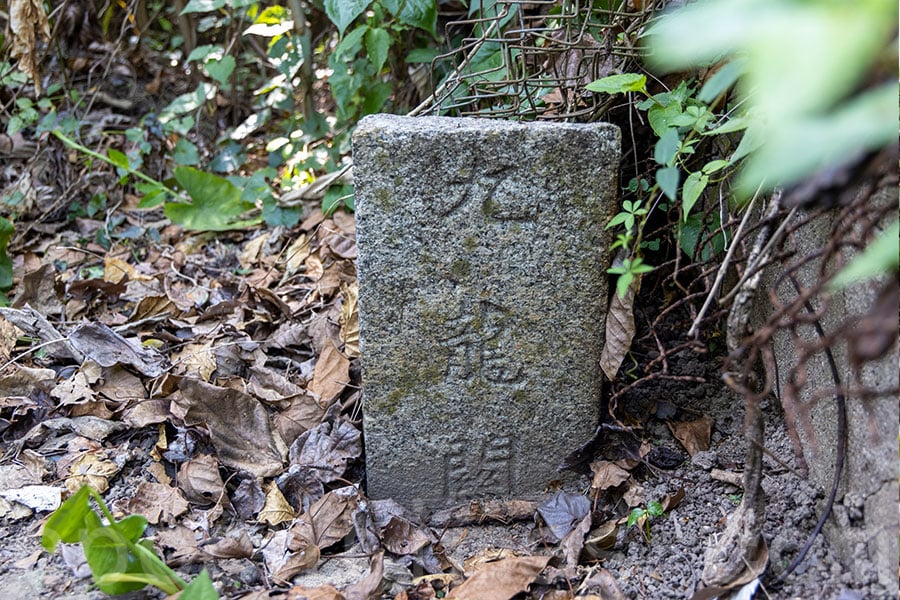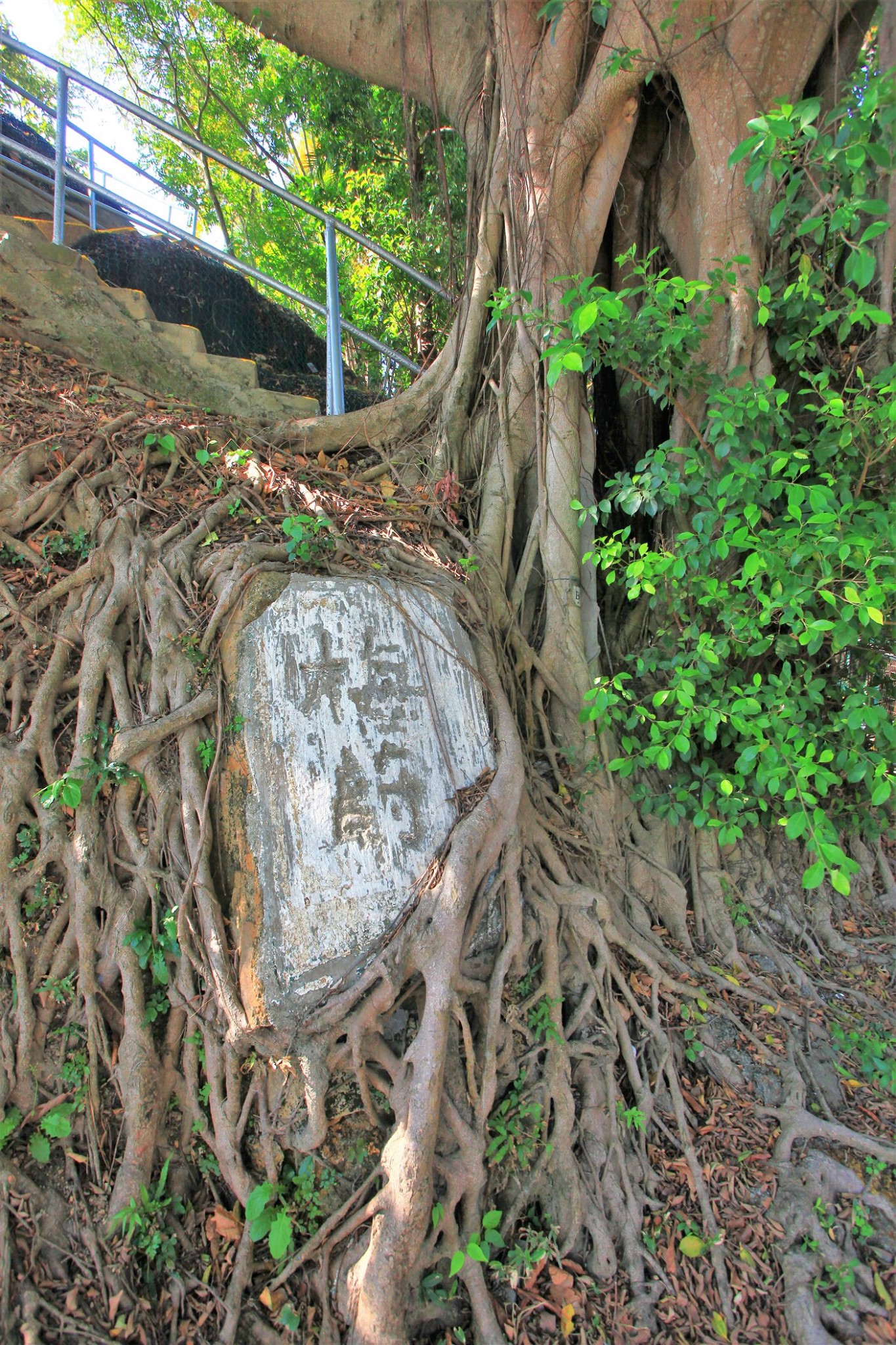Stone Tablets of the Old Kowloon Customs
The history of Ma Wan can be traced back to the establishment of the “Stone Tablets of the Old Kowloon Customs”, a landmark that bears witness to significant developments in modern Chinese history. In 1875, the Qing Dynasty and Britain signed the Treaty of Yantai, expanding trading ports. In 1885, the two parties signed the Agreement on the Management of Foreign Opium in Hong Kong, allowing Britain to establish customs in Kowloon, resulting in the creation of “Kowloon Customs.” This facility was tasked with collecting taxes and patrolling borders, with tax revenues handed over monthly to the Governor-General of Liangguang, contributing to local economic growth.
Between the 1860s and 1870s, the Qing government set up customs stations in Ma Wan and nearby areas. These customs stations were eventually consolidated into Kowloon Customs in 1887 for unified management. The Kap Shui Mun Customs House was one of them, and its site is now where the Ma Wan Rural Committee is located. In 1897, the government planned to establish a new customs station in Ma Wan, sparking opposition from local villagers. After negotiations, it was agreed to build a road no wider than seven feet, marked by a stone inscription to commemorate the agreement.
Near the old site of the Ma Wan Rural Committee, two stone inscriptions remain: ” Stone Tablets of the Old Kowloon Customs ” and “Kowloon Customs Borrowed Land Seven Feet.” The ” Stone Tablets of the Old Kowloon Customs ” is engraved with “Guangxu 23rd Year, July Auspicious Day,” marking the completion of the Kap Shui Mun Customs House. The “Borrowed Land Seven Feet” inscription symbolizes the agreement for villagers to lend land for the road’s construction. Notably, the use of “feet” instead of “Chinese feet” reflects the British management of Kowloon Customs at the time, highlighting the Qing Dynasty’s partial loss of sovereignty prior to the 1898 New Territories lease.
Although Kowloon Customs ceased operations in 1898, the boundary stones remain, serving as a vital testament to Ma Wan’s history. They symbolize community collaboration and the cultural significance of the customs relics. In February 2010, the Antiquities and Monuments Office officially designated the stones as Grade III historic buildings, further emphasizing their historical and cultural value, allowing future generations to reflect on Ma Wan’s former prosperity and transformations.
